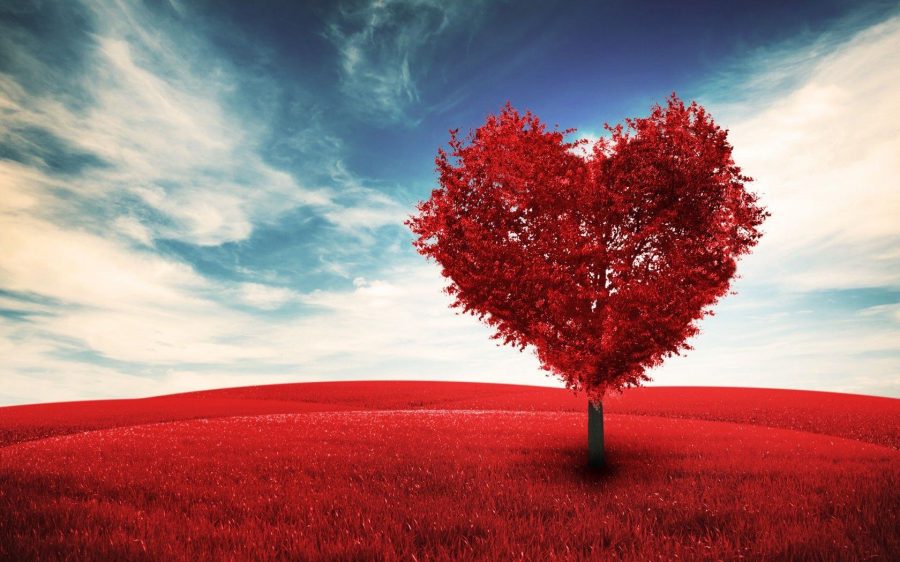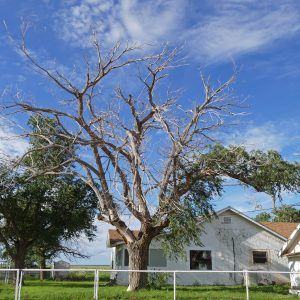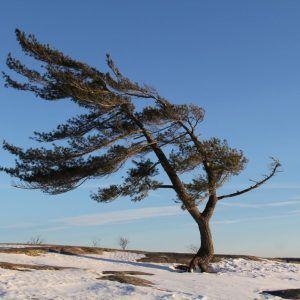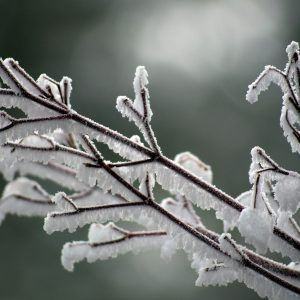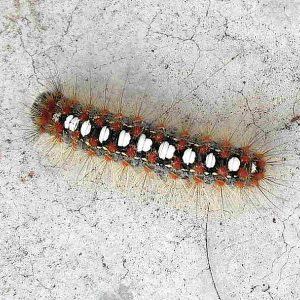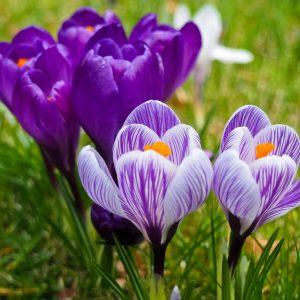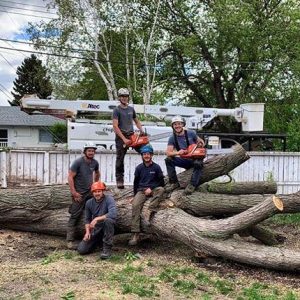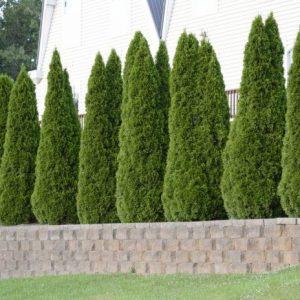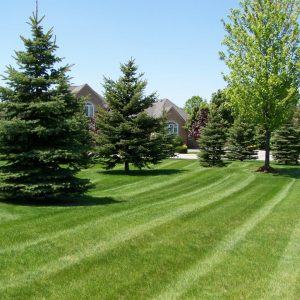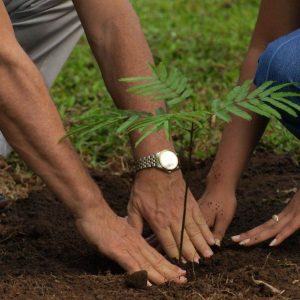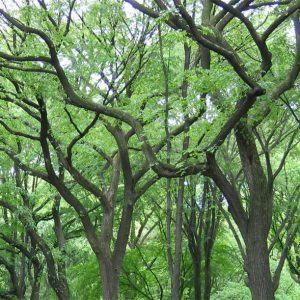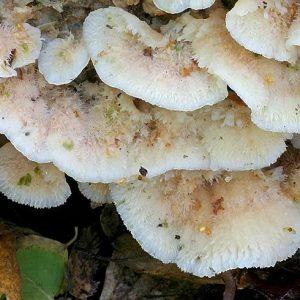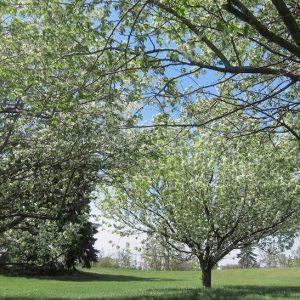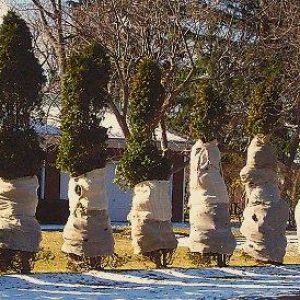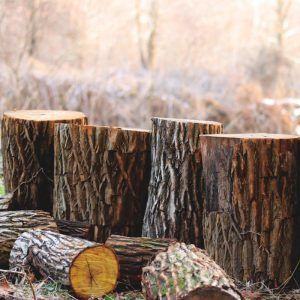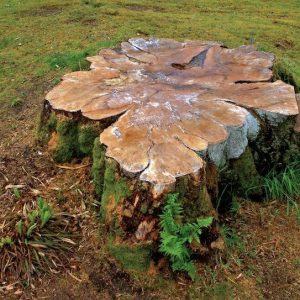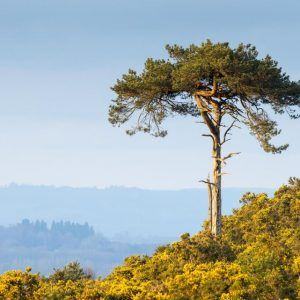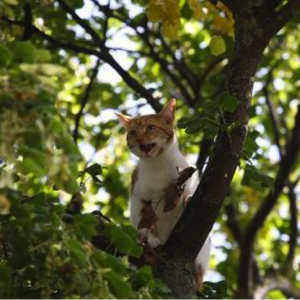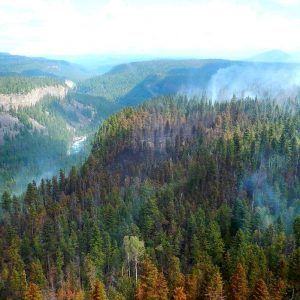With another Valentine’s Day come and gone, the team here at Chipps have our minds on the month of love — particularly that of the Valentine’s Day card. We can’t help it. As the product of trees, these paper greeting cards hold a special interest for us. And, as it turns out, the entire world, too! Along with a dozen roses, a romantic dinner, and cinnamon hearts, these little love notes are the quintessential symbols of the season.

Couples around the world exchange valentines every February 14th as a way to show how much they care. From small children sending their friends notes in the classroom to long-time partners in committed relationships, people of all ages send or receive one of these notes on the big day.
Despite living in the digital era, many of these lovebirds are still sending paper cards as opposed to electronic ones. According to Hallmark Canada, it’s estimated the nation buys anywhere between 10 and 12 million Valentine’s Day cards, spending as much as $29 million each year on these messages alone.
But Canadians aren’t the only ones to visit Hallmark before the 14th. Our friends in the UK send roughly 25 million notes on Valentine’s Day, meanwhile our neighbours to the south of us send an amazing 145 million cards each year. On the global scale, the greeting card industry estimates 1 billion valentines are sent around the world, making the 14th the second biggest day to exchanges cards — second only to Christmas, of course.
It may come as a surprise to learn sending valentines is a centuries old tradition. In fact, historians believe it may be linked to a Christian cleric of the name Valentine who, in 269 BCE was imprisoned by the Roman Empire. Before his execution, he penned a letter to his lover that he signed with a simple, “from your Valentine”, unwittingly inspiring generations of romantics to come.
After his death, the holiday didn’t necessarily take off right away. It wasn’t until the 15th century that it became common for couples to send letters of affection to their significant others. These tokens of love were handmade until the 1800s, after which a business woman of the name of Esther Howland revolutionized the holiday. Known now as the Mother of the American Valentine, Howland is credited with commercializing mass produced paper cards. By the 1900s, her work helped make printed cards surpass handwritten notes in popularity.
Now it’s not unusual to hear V-Day called by another name: the Hallmark holiday. And no wonder, when you consider just how many cards are bought and sent from the greeting card giant. Despite their popularity, a lot of people think the 14th has become too commercialized. For many people, it’s the holiday they love to hate precisely because the pressure to buy is too great.
That doesn’t mean people don’t want to celebrate their relationship or shower their loved ones with gifts. It just means many loved birds are opting to ignore the typical Valentine’s Day gifts, including cards. We can’t help but appreciate the ecological implications of forgoing the usual symbols of the day. A recent report released by the World Wide Fund for Nature (WWF) suggests card manufacturers are using illegal tropical hardwood in order to make their greeting cards.
By skipping your annual valentine next year, you can help prevent the loss of the world’s most valuable trees. Just remember to replace it with something else, so your loved one isn’t disappointed! A creative, waste-free DIY Valentine’s Day is just one way you’re doing your best to help our trees. DIY tree care, on the hand, isn’t something we suggest. Tending to them without the appropriate training or equipment can be dangerous, so leave it us, Edmonton’s favourite ISA-certified arborists. We have the right tools and talents for the job.
As you take the time to celebrate your loved ones this month, remember we’re always available for a date should any of the trees on your property need some TLC. We’ll keep our calendars clear whatever the time of year, whether it’s sometime this February or another occasion later on. Just be sure to give us a call, and we’ll make sure you trees make it to next Valentine’s and beyond.


